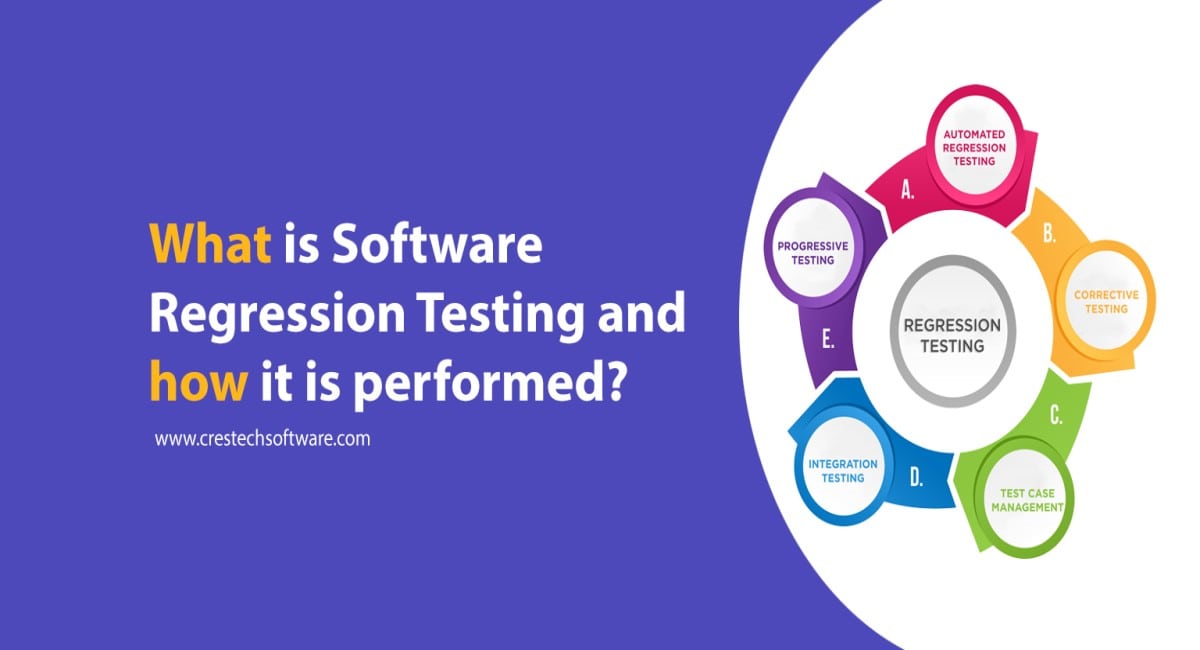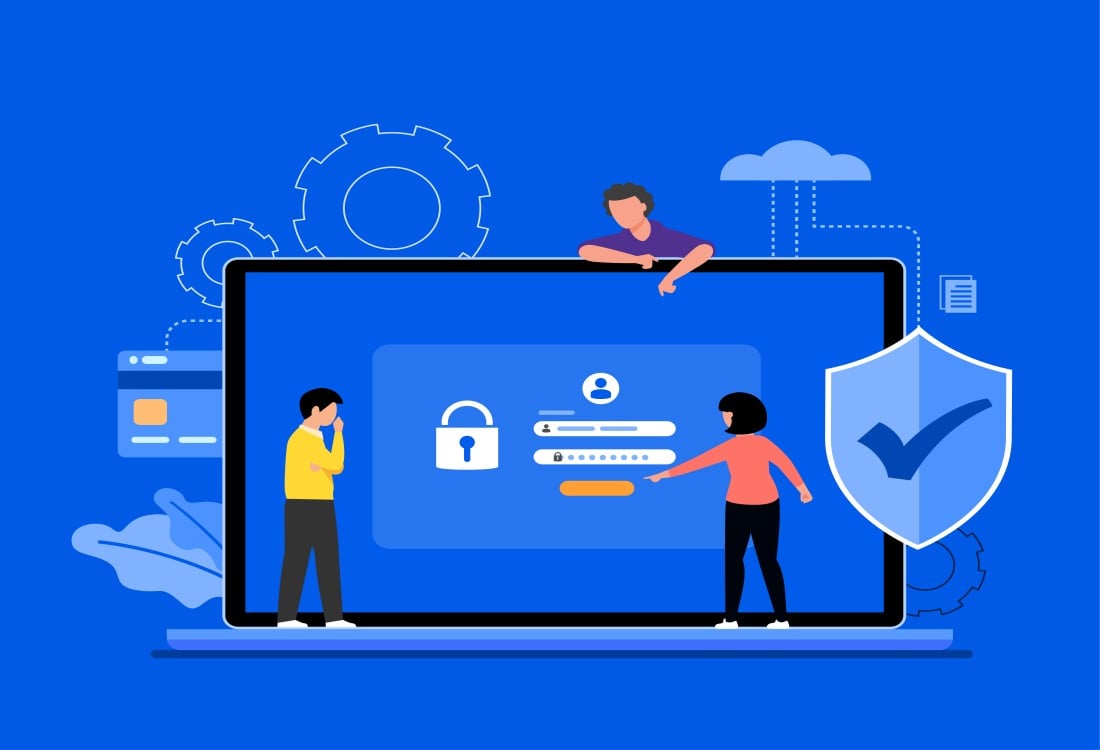Table of Contents
Understanding Software Regression Testing
If you have updated your software product or have added a new element to it, you will want to check if all the functionalities of the product are working before you release it to the customers. Software regression testing can help you with this.
Regression testing is a type of testing that lets you verify that the changes that have been made in the codebase do not create any problem with the existing software functionality and still function as expected after any update, improvements, or code changes. This testing is responsible for the overall functionality and stability of the existing features, prevents malfunctions, defects, and mitigates risks.
Usually, an application goes through multiple tests before the changes are integrated with the main development system and regression testing is the final step that verifies the product behaviors as a whole.
Typically, you will go for regression testing when you have the following circumstances:
- Changes in configuration
- A new feature or functionality added
- A new requirement added to an existing feature
- Patch fixes are added
- Codebase is fixed to solve defects
- Source code is optimized for improved performance
Functional Testing and Regression Testing
When you do functional tests, it only inspects the behaviors of the new features of the software product and their capacities but it does not check on the existing ones. So, if there has been any impact on the existing features, or if there is any bug, that goes undetected.
Regression testing, on the other hand, detects new bugs early in the deployment cycle and acts as a filter to ensure that the quality of the product is improved.
How to perform software regression testing?
The practices of Regression testing vary from one regression testing company to another. However, most companies providing regression testing services follow these basic steps as follows:
Step 1: Detect the changes in the Source Code
In this step, the modification and optimization in the source code are detected and then the components or modules that were changed are identified and their impacts on the existing features are determined.
Step2: Prioritize Product Requirements and Changes
The next step is to prioritize the product requirements as well as the changes to plan the testing process.
Step 3: Determine Entry Point as well as the Entry Criteria
At this step, a regression testing company will need to ensure that your application meets the preset eligibility before they start the execution of the regression test.
Step 4: Determine Exit Point
Next, they will need to determine an exit or final point for the required eligibility which is the minimum conditions that have been set in step three.
Step 5: Selecting Regression Test
This is where the regression testing company selects the test cases that need to be re-tested and then divides the test cases into:
- Reusable Test Cases: those to be considered for future regression cycles
- Obsolete Test Cases: those not to be considered for future regression cycles
Step 6: Determine the Test Cases Execution Time
In this step, the company providing regression testing services will do an estimation of the time it will take to execute the test cases which have been selected. Factors that affect execution time include:
- Test data creation
- Review of all test cases
- Regression test planning by the QA team
Step 7: Identify the scope of Manual and Automated Testing
Based on the results of the exploratory testing, the software regression testing team decides on the test cases which they can automate. Automated testing is faster than manual regression testing and allows the reuse of the same test script. So the test cases are divided into;
- Manual Test cases
- Automated test cases
Step 8: Prioritization of Test Cases
The next step is to prioritize all the test cases into high, medium, and low categories. Based on this prioritization, the high-priority test cases are executed first, followed by medium and finally low-priority test cases. The prioritization depends on:
- User involvement
- Product’s functionality
Step 9: Executing Test Cases
The final step is to execute all the test cases one after another and check whether the software product is functioning as it should. A few tools that are used for Regression Testing include:
- Selenium
- Watir
- QTP
- Katalon Studio
- IBM Rational Functional Tester
- Apache JMeter
Conclusion
Software Regression testing is key to improving the overall quality of the product after a change and enhancing user experience. Using the right regression testing tools can help in identifying all surfaced defects and eliminating them early.
Problogshub.com is your favorite web spot to find the latest and trending web blogs in various topics. We do our best to serve you the accurate and fresh information through our blogs.




